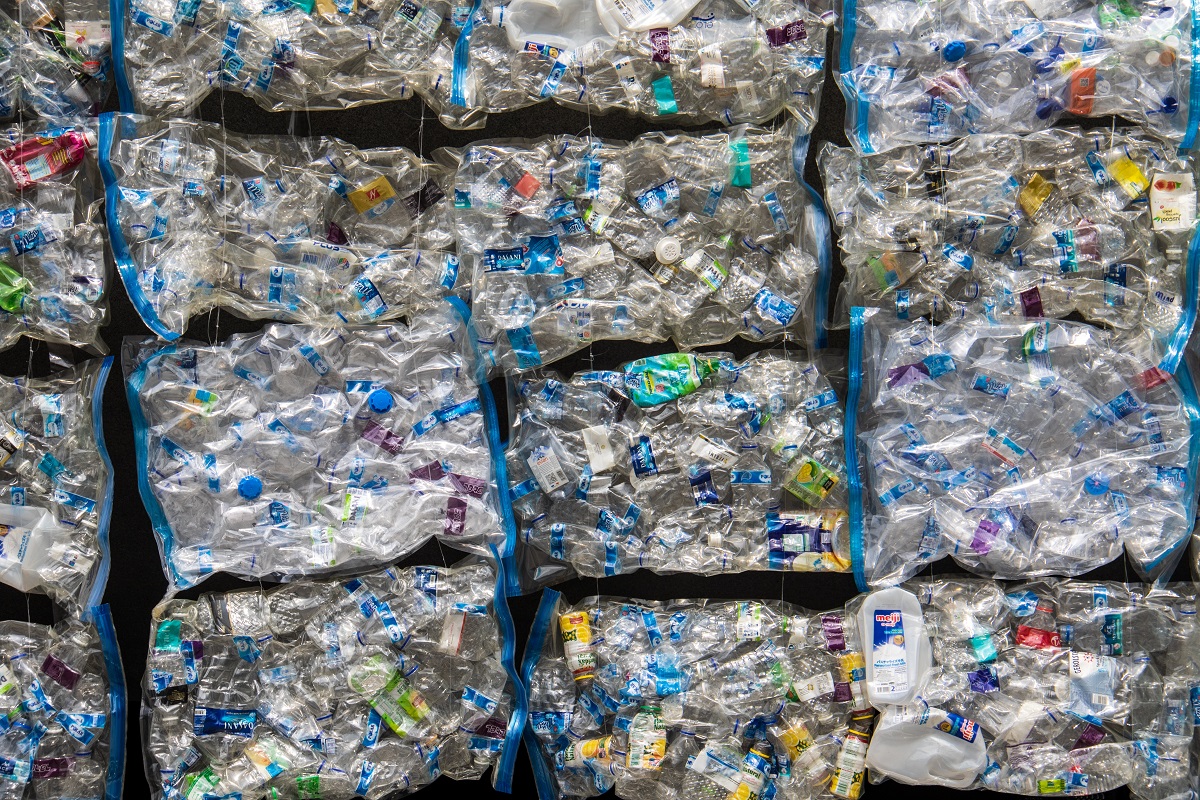Waste Plastics
 Plastic is durable, lightweight, and convenient, which is why it is used so often in packaging. Its low cost also makes it popular for single use, disposable products. However, that convenience comes with an environmental cost. Landfilled plastics take anywhere from 10 to 1,000 years to break down into smaller and smaller pieces (called microplastics), depending on the type of plastic and the landfill conditions. Furthermore, petrochemicals, the building blocks of plastics, come from petroleum oil, which is a finite resource.
Plastic is durable, lightweight, and convenient, which is why it is used so often in packaging. Its low cost also makes it popular for single use, disposable products. However, that convenience comes with an environmental cost. Landfilled plastics take anywhere from 10 to 1,000 years to break down into smaller and smaller pieces (called microplastics), depending on the type of plastic and the landfill conditions. Furthermore, petrochemicals, the building blocks of plastics, come from petroleum oil, which is a finite resource.
Although recycling is an option, only some plastics are recyclable. They are:
- 1 (PET: polyethylene terephthalate),
- 2 (HDPE: high-density polyethylene),
- 4 (LDPE: low-density polyethylene), and
- 5 (PP: polypropylene)
Although polystyrene (#6, also known as Styrofoam) is recyclable, it is not accepted by all recyclers.
Unlike glass and many metals, plastics cannot be recycled an infinite number of times. The chemical structure of the plastic polymers degrade each time it is heated and molded into new products. In addition, some impurities from other types of plastics are incorporated each time plastic is recycled. These impurities from other resins change how the plastic performs (fixability, durability, resistance to UV breakdown, etc.). Degraded plastic polymers often get mixed together to form composite plastic products that are no longer recyclable.
The downgrading and devaluing of plastics do not have to mean the end of their life cycle. ISTC researchers look for ways to continue to make plastics useful when they can no longer be recycled. One approach is to turn plastics back into the original petrochemicals to make other valued products like fuels, waxes, and lubricants. These options not only avoid the landfill, but also create new industries and job markets.